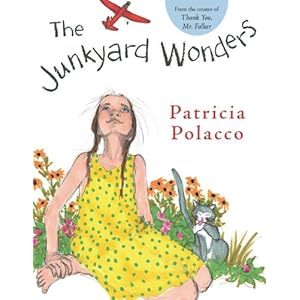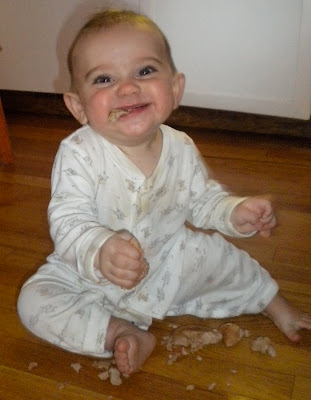My kids have been up to some interesting stuff. Really interesting stuff. Like self designed experiments in which they come to the conclusion that the only way to kill a zombie is to crush his brain. Here is Henry with his cup of zombie brains.
Helen's experiment was about rotten eggs. Apparently if you leave eggs out for weeks they become really stinky.
Henry has also developed a deep interest in Ancient Greece. I believe it was sparked by our new routine of picking up Little Caesar's Pizza after his enrichment program on Tuesdays. He really likes the costumes of the period.
Here he is as "A Greek."
Here he is as a Greek sculptor working on a "huge statue." That's an olive leaf wreath on his head. He designed it himself.
Here is his "Acropolis"
Here are the Olympians wrestling. The women have been kicked out since they weren't allowed to watch the original games. But he did later decide those rules were stupid and let them join in.
I don't have any pictures of him dressed as Zeus hurling lightning bolts at Athens.
It's occurred to me while watching Henry do this self-directed unit study that "self-directed" really, truly, is the key to learning this sort of stuff. I never told him to build an acropolis out of blocks. I never suggested he might use his tinker toys as lightning bolts or to create Poseidon's trident.
I remember being asked to do such things in school in an effort to make the learning "meaningful" and "hands on." But it wasn't "meaningful" because I usually didn't care too much about what we were learning about. Which sucks because now, I wish I'd learned more. I don't wish that I'd "paid more attention in school," I wish that I'd retained more. I think Henry will retain a lot more about Ancient Greece than I ever did simply because he's learning about it at a point when he asked to learn about it. And he's learning it in a way that is truly meaningful for him because he's designing the learning tasks. Another kid might want to do detailed drawings of an acropolis or write stories about the gods. I love that my kids have the freedom to learn in ways that work for them.








